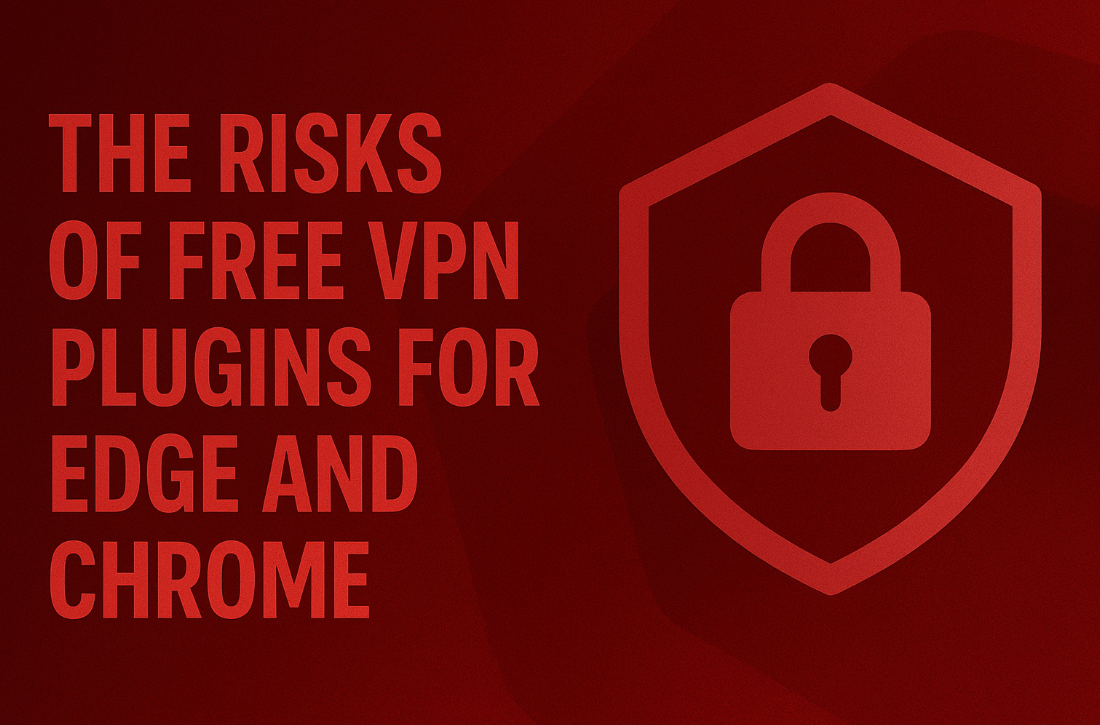While many organizations have hardened their perimeter, deployed EDR/XDR solutions, and moved toward Zero Trust, one overlooked vulnerability remains embedded in end-user behavior: free VPN browser plugins.
Originally marketed as privacy tools, these extensions are increasingly being exploited as stealthy entry points for Advanced Persistent Threat (APT) groups such as APT28.
Real-World Behavior: Browser Plugin Gone Rogue
In June 2025, a corporate endpoint began silently connecting to APT28-linked infrastructure, without any user interaction. The system, idle at the time, initiated over seven outbound connections to suspicious IPs and dynamic domains—including *.pipedream.net, a known platform for payload delivery and data exfiltration.
All activity originated from the msedge.exe process. The connections were automated, consistent with botnet-style beaconing, and clearly bypassed standard detection relying on user interaction or time-of-day logic.
What Makes VPN Plugins So Dangerous?
- Background Persistence: These extensions can maintain outbound communications even after the browser is closed.
- Limited Visibility: They often evade perimeter logging, using HTTPS and CDN-hosted domains.
- Minimal Control: Users can install them freely unless blocked via policy.
- High Privileges: Many request access to read and modify all browser data, including session tokens and credentials.
In this case, although no confirmed code injection was observed, the behavioral pattern matched campaigns known for credential harvesting, session hijacking, and JavaScript injection.
What CISOs Must Do Now
This incident reinforces a simple truth: browser plugins must be treated as part of the enterprise attack surface. Here’s how to mitigate the risk:
- Block unauthorized extensions using GPO, MDM, or enterprise Chrome policies.
- Monitor behavioral anomalies via Microsoft Defender, Sentinel, or other SIEM tools.
- Hunt for indicators of VPN plugins contacting dynamic infrastructure.
- Educate users about the dangers of “free” browser add-ons.
- Deploy browser isolation or SASE solutions where feasible.
The above lists of suspicious domains and IP addresses were derived from threat intelligence advisories published by the Cybersecurity and Infrastructure Security Agency (CISA).
They reflect indicators associated with malicious infrastructure frequently used in phishing campaigns, remote access tools, and advanced persistent threat (APT) activities—including domains linked to dynamic payload delivery, credential theft, and command-and-control (C2) operations.
Organizations are strongly encouraged to monitor, block, or isolate traffic to/from these endpoints, and to integrate them into existing SIEM, SOAR, or firewall systems.
Resources
- Hola VPN used users as exit nodes – Ars Technica
- One of the biggest Android VPNs hacked – Cybernews
- Fake VPN apps on Google Play – Kaspersky
- Google removed 500 malicious Chrome extensions – ZDNet
- CISA Cybersecurity Advisories
Final Thought
What appears to be a harmless privacy plugin might actually be a Trojan horse sitting in your enterprise network—quietly communicating with adversaries while evading traditional controls. It’s time for security teams to take browser extension risks seriously—and build them into detection, response, and hardening strategies.

